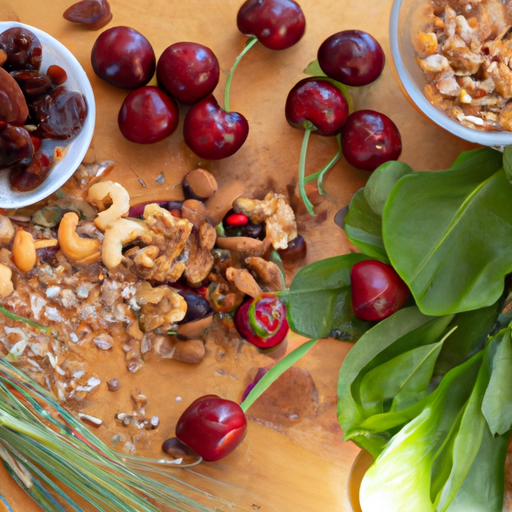
In this detailed guide, we’ll delve into the essential aspects of the gout diet – a crucial element for managing gout symptoms effectively. Whether you are dealing with gout yourself or supporting a loved one on this journey, understanding how diet impacts gout can make a significant difference in the overall quality of life.
What is Gout and How Does Diet Influence It?
Gout is a form of inflammatory arthritis that manifests as sudden, severe pain, swelling, and tenderness, often in the joint of the big toe. The condition is caused by excess uric acid accumulation in the bloodstream, leading to the formation of urate crystals in joints and surrounding tissues.
When it comes to managing gout, diet plays a pivotal role. Certain foods can trigger gout attacks or exacerbate symptoms, while others can help prevent flare-ups and promote overall joint health.
Key Tips for a Gout-Friendly Diet
Let’s explore some essential dietary guidelines to help you navigate your gout journey more effectively:
- Avoid high-purine foods such as red meat, organ meats, and shellfish, as they can increase uric acid levels.
- Opt for low-purine alternatives like lean proteins, dairy, nuts, and plant-based proteins.
- Stay hydrated by drinking plenty of water to help flush out excess uric acid.
- Incorporate anti-inflammatory foods like berries, cherries, leafy greens, and fatty fish to reduce inflammation.
- Limit alcohol consumption, especially beer and liquor, as they can trigger gout attacks.

Additional Dietary Considerations for Gout Management
Besides watching your purine intake and focusing on anti-inflammatory foods, there are other factors to consider when planning a gout-friendly diet:
- Monitor your sugar intake, as high sugar consumption has been linked to increased uric acid levels.
- Avoid sugary beverages and processed foods rich in fructose.
- Include foods rich in vitamin C, as this antioxidant has been associated with lower uric acid levels.
- Consume moderate amounts of caffeine, as coffee has been linked to reduced gout risk.
- Work with a healthcare provider or a registered dietitian to create a personalized meal plan that suits your specific needs.
Conclusion
With the right dietary choices and lifestyle modifications, managing gout can become more manageable. By prioritizing nutrient-dense, anti-inflammatory foods and avoiding triggers, you can support your overall joint health and reduce the frequency of gout attacks.
Remember, consistency and moderation are key in maintaining a gout-friendly diet. Embrace these dietary changes as part of your journey towards better health and improved gout management.
For more personalized insights into optimizing your diet for gout and overall well-being, consider taking our diet and wellness quiz or exploring our product review for additional support.
Click here to discover how to support your cellular energy and fat metabolism naturally.
Did You Know?
Many people walking around today — even those who are slim, active, or eat “healthy” — may already have early signs of insulin resistance without even knowing it.
Blood sugar imbalances often develop silently over time, leading to fatigue, stubborn belly fat, and cravings that just won’t go away.
Staying on top of your metabolic health isn’t just about diet — it’s about understanding how your body responds to glucose, even when everything seems fine on the outside.
